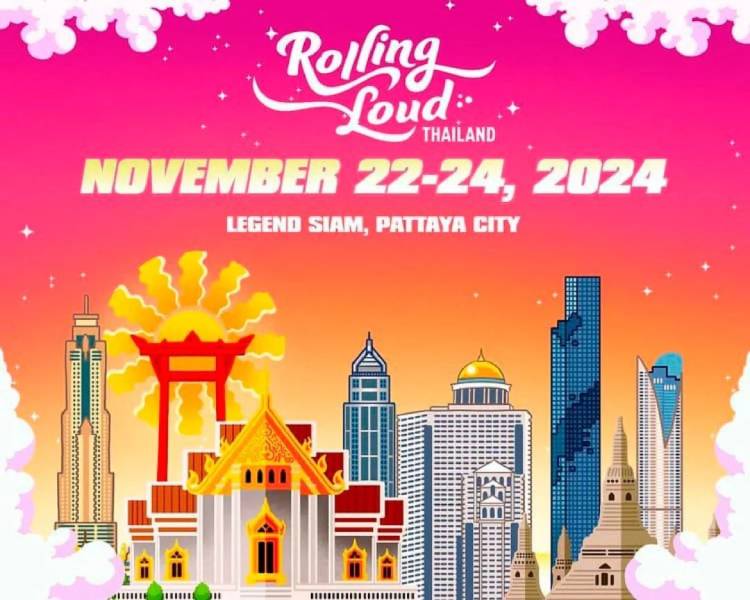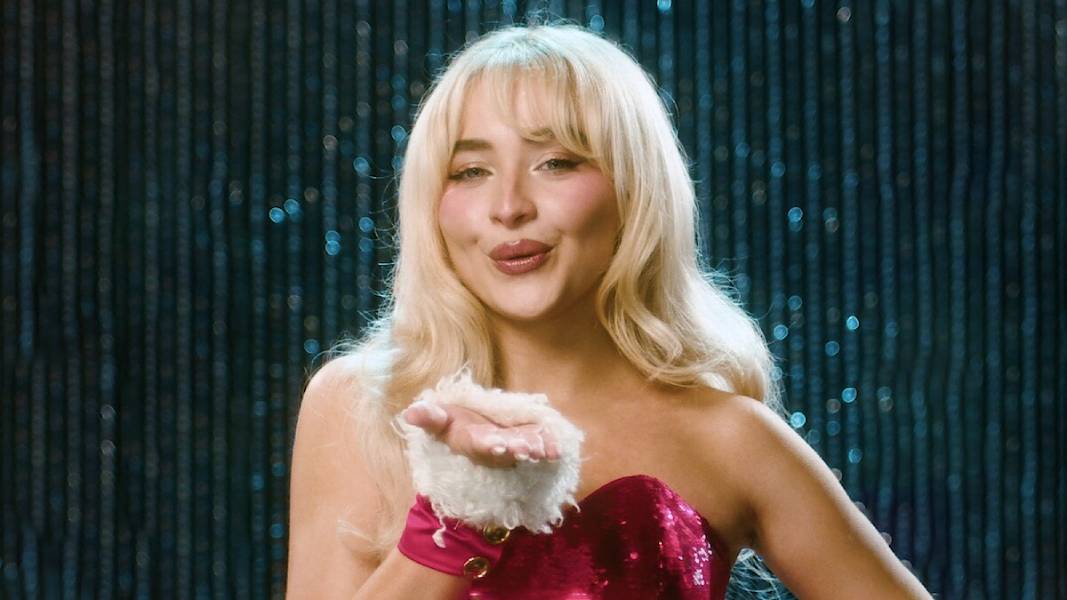
OAKLAND, CA (Hypebot) – Pandora founder Tim Westergren testified today on behalf of the
Digital Music Asscoiation before the Senate Committee on Commerce,
Science and Transportation. Westergren emphasized the range of radio
on the net and noted that independent musicians are benefiting from
services like Pandora that promote diverse playlists and enable
immediate purchase of music or concert tickets.
Westergren’s testimony also focused on the threat facing Pandora and
all of net radio as a result of the Copyright Royalty Board's
decision to raise sound recording royalties 30%. This rate – which
effectively requires some internet radio so pay royalties equaling
50-300% of revenue – is unsustainable for most webcasters and is in
contrast to royalties paid by broadcast radio (no sound recording
royalties), satellite radio (less than 3% of revenue), and cable
radio (7.25% of revenue).
Testimony of Tim Westergren
Founder and Chief Strategy Officer Pandora Media
On behalf of the Digital Media Association
Chairman Inouye, Vice Chairman Stevens, and Members of the
Committee:
My name is Tim Westergren. I am the Founder and Chief Strategy
Officer of Pandora, and it is my pleasure today to speak with you on
behalf of my company and the Digital Media Association (“DiMA”),
about the radio industry, and particularly about innovation and the
future of radio.
What is Pandora?
Pandora is an Internet radio service that listeners enjoy on their
personal computers, through home entertainment products and on
mobile phones. Pandora is powered by a very unique musical taxonomy,
called the Music Genome Project, developed by our team of
university-degreed musicologists. Our team has identified hundreds
of musical attributes and they assign values to each attribute in
each song. When applied across a repertoire of hundreds of thousands
of songs, the Music Genome Project literally connects the dots
between songs and artists that have something – often quite subtle
things – in common. This is the foundation that enables Pandora to
offer listeners – quickly and easily – radio stations that play
music that matches their taste if the listener simply tells us the
name of a favorite song or artist.
 The result is remarkable in many ways. More than 8.5
The result is remarkable in many ways. More than 8.5
million registered Pandora listeners enjoy a better radio
experience, and they are passionate about our service. They listen
to more music, they re-engage with their music, and they find new
artists whose recordings they purchase and whose performances they
attend. Pandora is a bit of a phenom – in only two years since our
launch we have become the third largest Internet radio service in
America
songwriters and music publishers.
Something unique about Pandora is that all music, once analyzed by
our musicologists and entered into our database, wins and loses
audience in the purest of democratic processes. If listeners vote
“thumbs up” a song and artist are electronically added to more
station playlists, the exposure is greater, and more people can
offer opinions about that music. If listeners consistently vote
“thumbs down” then the song is performed and heard less. Not even my
musical tastes or the CEO’s favorites can modify the purity of how
our musical taxonomy determines all Pandora radio performances.
Equally unique is the breadth of our playlist. Pandora musicologists
will review any CD that is delivered to us, and in most cases enter
it into our database and make it available for our millions of
listeners to hear. Pandora’s collection includes hundreds of
thousands of songs across the genres of Pop, Rock, Jazz,
Electronica, Hip Hop, Country, Blues, R&B, Latin and in just a few
weeks, Classical. These recordings range from the most popular
artists to the completely obscure, and each month our nearly fifty
musicologists analyze and add roughly 14,000 new songs to the
catalogue – a very deliberate process that requires between 15 and
30 minutes per song.
There are no prerequisites for inclusion in the Music Genome
Project. Indeed, it is quite common for us to add amateur homemade
CDs to the service. As a card-carrying independent musician I am
proud to report that fully 70% of the sound recordings in our
collection, representing over 35,000 artists, are recordings of
artists who are not affiliated with a major record label. Most
important, because we rely only on musical relevance to connect
songs and create radio playlists, all artists are treated equally in
the playlist selection process and as a result independent music is
likely heard more on Pandora then perhaps any other popular radio
service. More than 50 percent of Pandora radio performances are from
independent musicians, compared to less than 10 percent on broadcast
radio.
What qualities are unique about “new media” radio, and what benefits
are associated with those qualities?
In one sense multimedia convergence has already blurred the line
between traditional ‘terrestrial radio’, Internet radio, mobile
radio, cable radio, satellite radio and even community radio. For
example:
adaptor you can listen to that Internet radio through your car
stereo.
and while content is focused locally, an audience is available
(and may actually listen) globally.
XM, but in only a few years cars will have WiMAX broadband access
and you will be able to enjoy Internet radio directly and throw away
the adaptor I just spoke of.
To a listener who is hearing a single station at a given time, it is
just radio and their choices are amazing – which content do I want
to hear, when do I want to hear it, and on what device?
But in another sense, Internet radio is uniquely different from
broadcast, satellite and even low-power FM radio, because on the web
there are virtually no spectrum limitations and therefore no
capacity or scarcity issues. As a result, Internet radio offers
almost unlimited “stations” which results in unlimited content
diversity.
 For music fans, Internet radio means no longer being
For music fans, Internet radio means no longer being
confined to local or even satellite stations playing homogenous
music for broad audiences of thousands or tens of thousands of
listeners. Instead, individuals can hear the types of music they
enjoy and simultaneously discover new songs and artists that would
otherwise be literally invisible to them. Unconstrained by spectrum
limitations, webcasting has created a genuine explosion of
accessible musical diversity. Lute music, classic country, jazz,
klezmer, dixie, gospel, Latin and Hawaiian music – you name it and
you can find it – every kind and color of music has found a home and
connected with its audience, no matter how small, on the Internet.
Another unique feature of Internet radio is click-to-buy purchasing
opportunities, and immediate access to artist information, including
the artist’s promotional website and tour schedule. Pandora is a
powerful platform for recording companies and artists during this
tumultuous period for recorded music. An August 2007
Nielsen/NetRatings research study concluded that Pandora listeners
are three to five times more likely to have purchased music in the
last 90 days than the average American. Similarly, Pandora is one of
the top referral sites for music purchasing from both Amazon.com and
the iTunes Music Store. Other studies have documented that Internet
radio listeners are generally more engaged with music, they talk
about it more and attend more performances, and they inevitably
promote artists and music through word-of-mouth marketing.
Finally, of course, there is the issue of royalties to performers
and recording companies. As you know, traditional broadcasters do
not pay royalties but the rest of us – cable, satellite and Internet
radio – do pay. You may not be aware that Internet radio has the
smallest of all radio revenue streams, but we pay proportionately
the highest royalties.




























